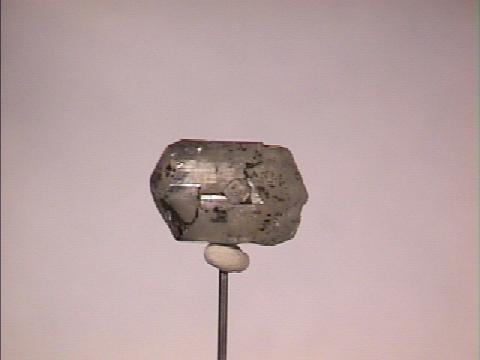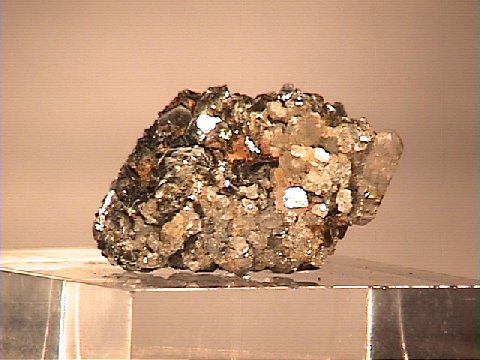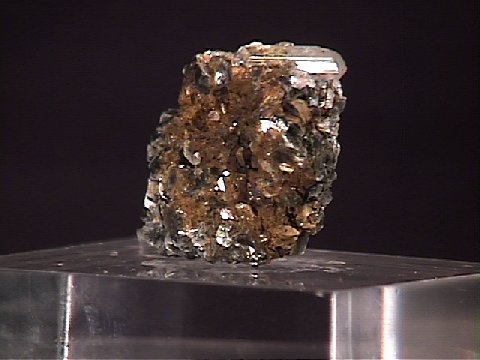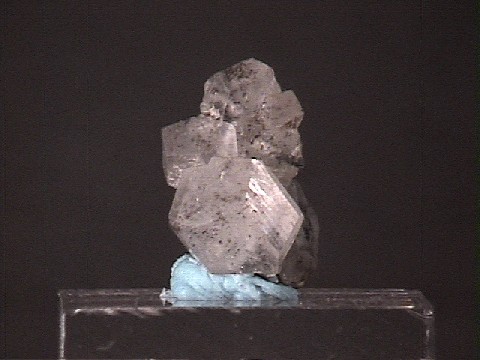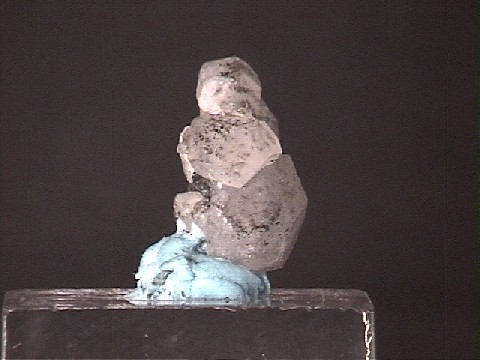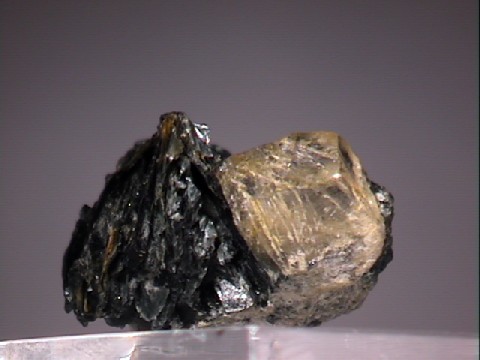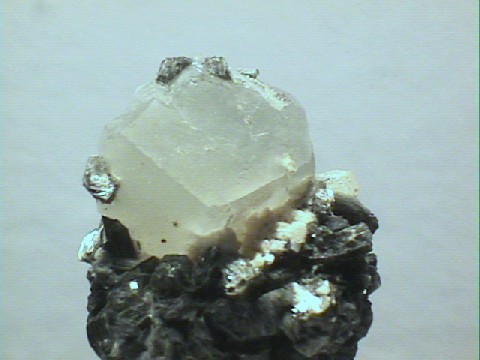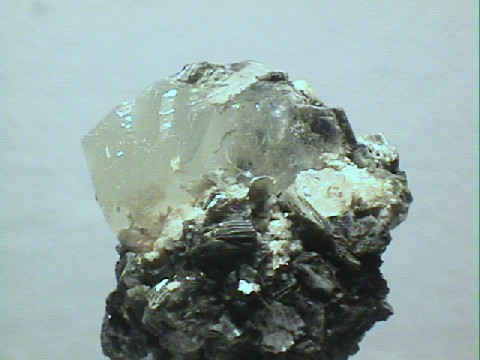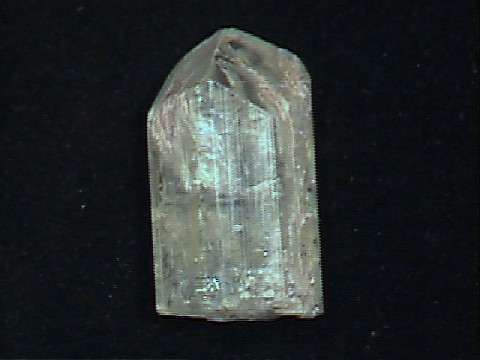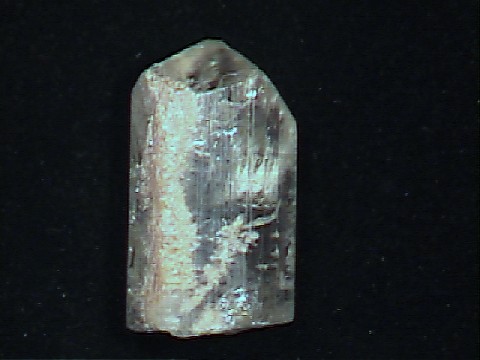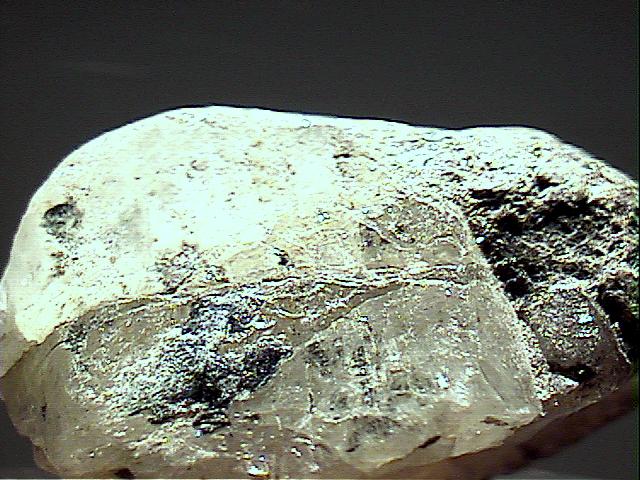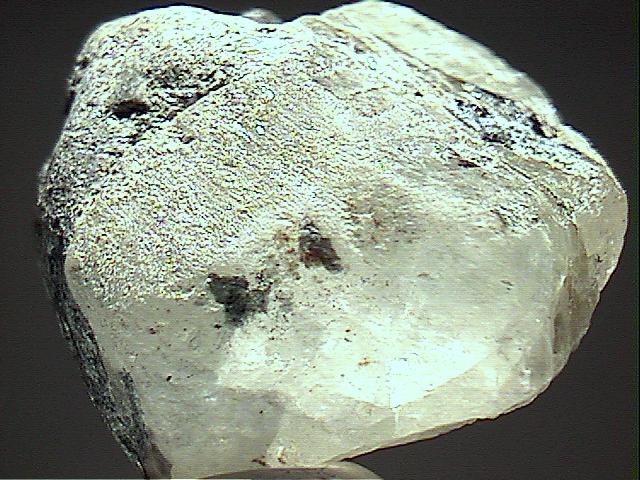 THE MINERAL PHENAKITE
THE MINERAL PHENAKITE
- Chemistry: Be2SiO4, Beryllium silicate.
- Class: Silicates
- Subclass: Nesosilicates
- Group:
Phenakite - Uses: sometimes cut as a gemstone and as mineral specimens.
Specimens
Phenakite is one of the few silicate minerals that have a trigonal symmetry. This symmetry is far more common among carbonates than among silicates. Phenakite shares the same symmetry with the emerald green silicate dioptase and the fluorescent and closely related willemite.
Fine crystals of phenakite can be perfectly clear and with good hardness, rarity and lack of good cleavage, although somewhat lacking in color and fire, make good choices for gemstones.
PHYSICAL CHARACTERISTICS:
- Color is usually colorless or white but can be tinted yellow, brown and pink.
- Luster is vitreous.
- Transparency crystals are transparent to translucent.
- Crystal System: trigonal; bar 3
- Crystal Habits include flatten rhombohedral to almost tabular and typically short prismatic crystals although some prismatic crystals can be rather long. Also lenticular. Twinning is common and forms penetration twins
- Cleavage in poor in three directions.
- Fracture is conchoidal.
- Hardness is 7.5 - 8
- Specific Gravity is approximately 2.9 - 3.0 (average for non-metallic minerals).
- Streak is white.
- Other Characteristics: Prism faces striated lengthwise and index of refraction is approximately 1.66.
- Associated Minerals are
topaz,
cassiterite,
quartz,
calcite,
hematite,
feldspars,
apatite,
fluorite,
beryl especially
emerald , chrysoberyl, bertrandite and some sulfides. - Notable Occurrences include sites on the Takowaja River, Ural Mountains, Russia; Minas Gerias, Brazil; Pala, San Diego Co., California; Mt. Antero and Pikes Peak, Colorado, USA and Norway.
- Best Field Indicators are crystal habit, striations, enviroment and hardness.

